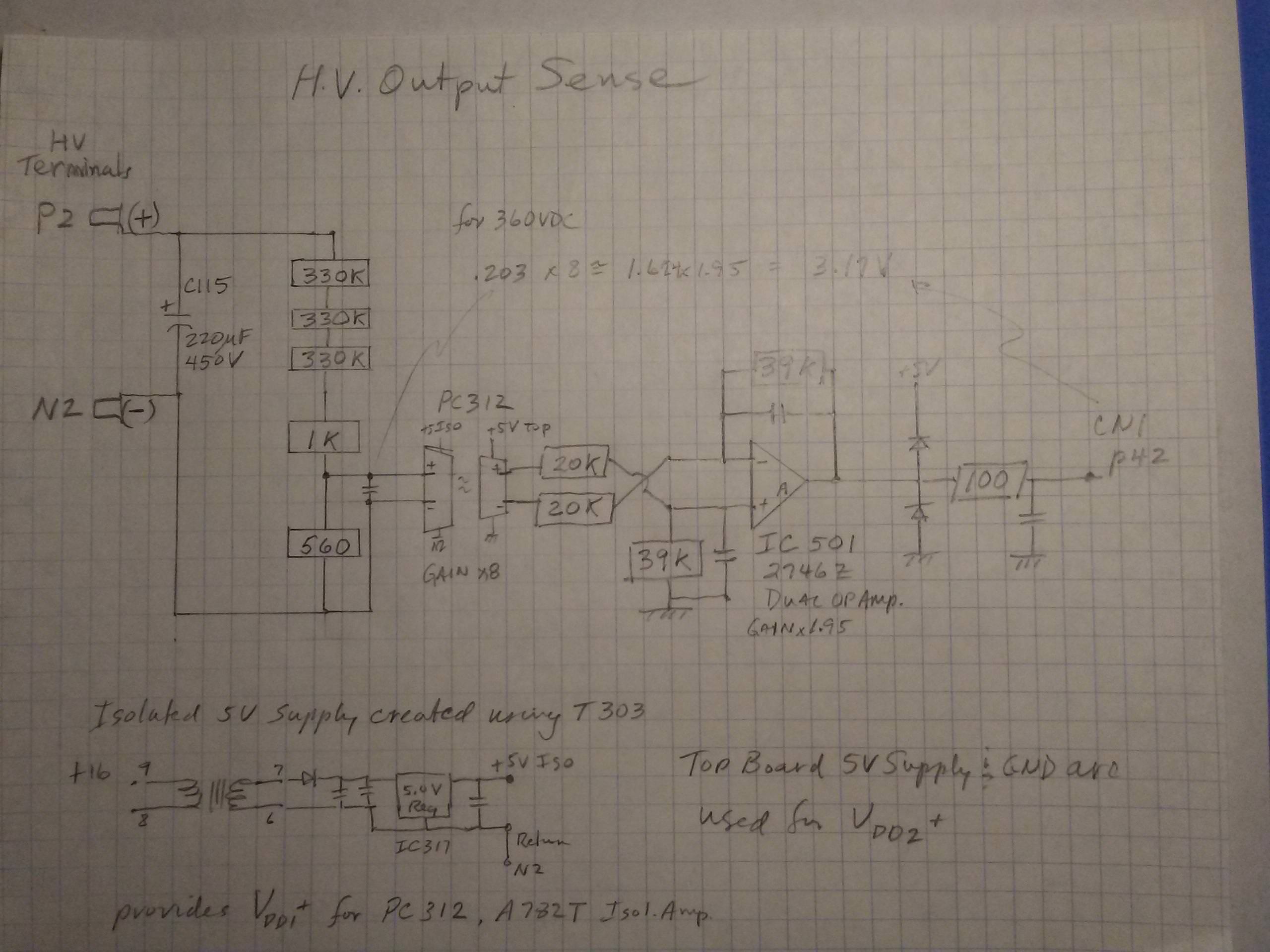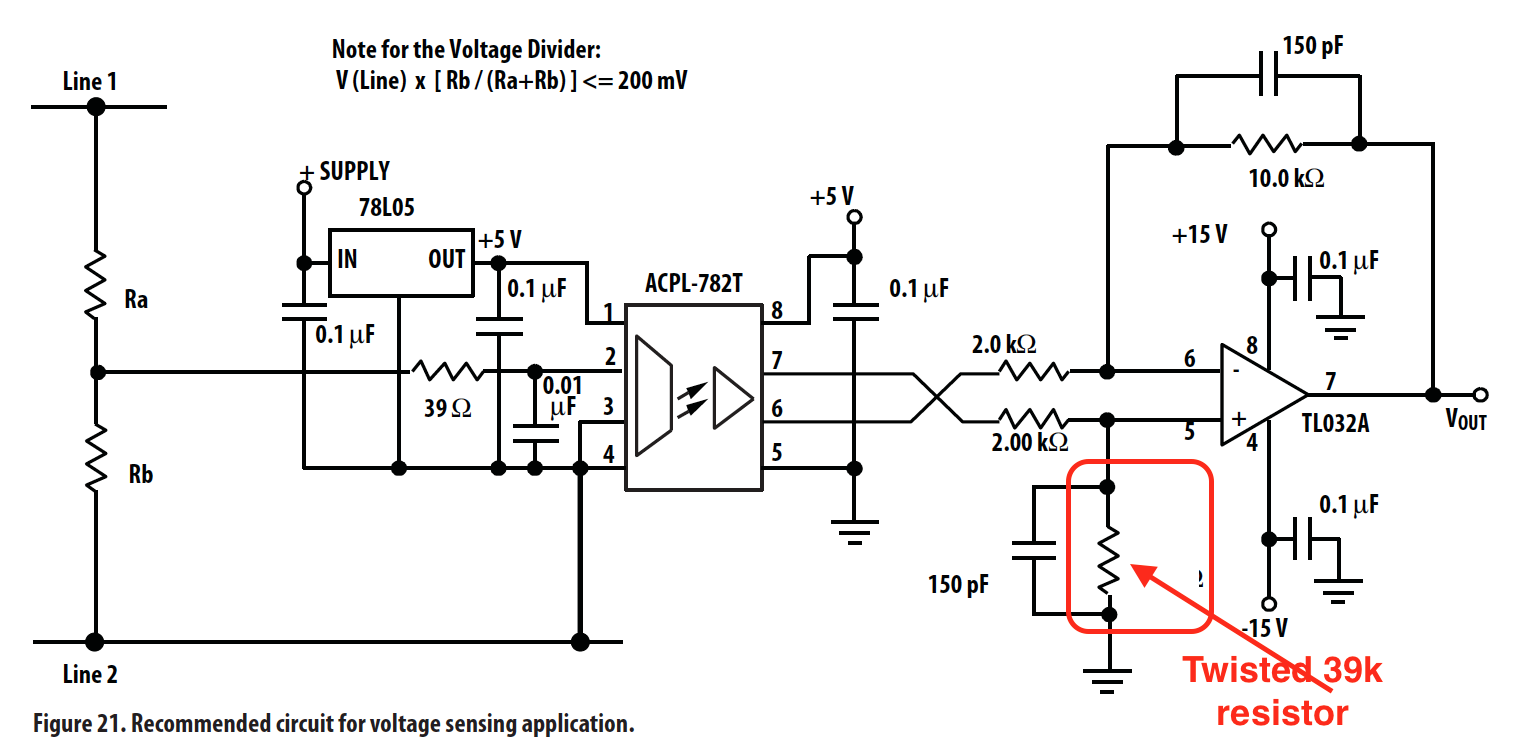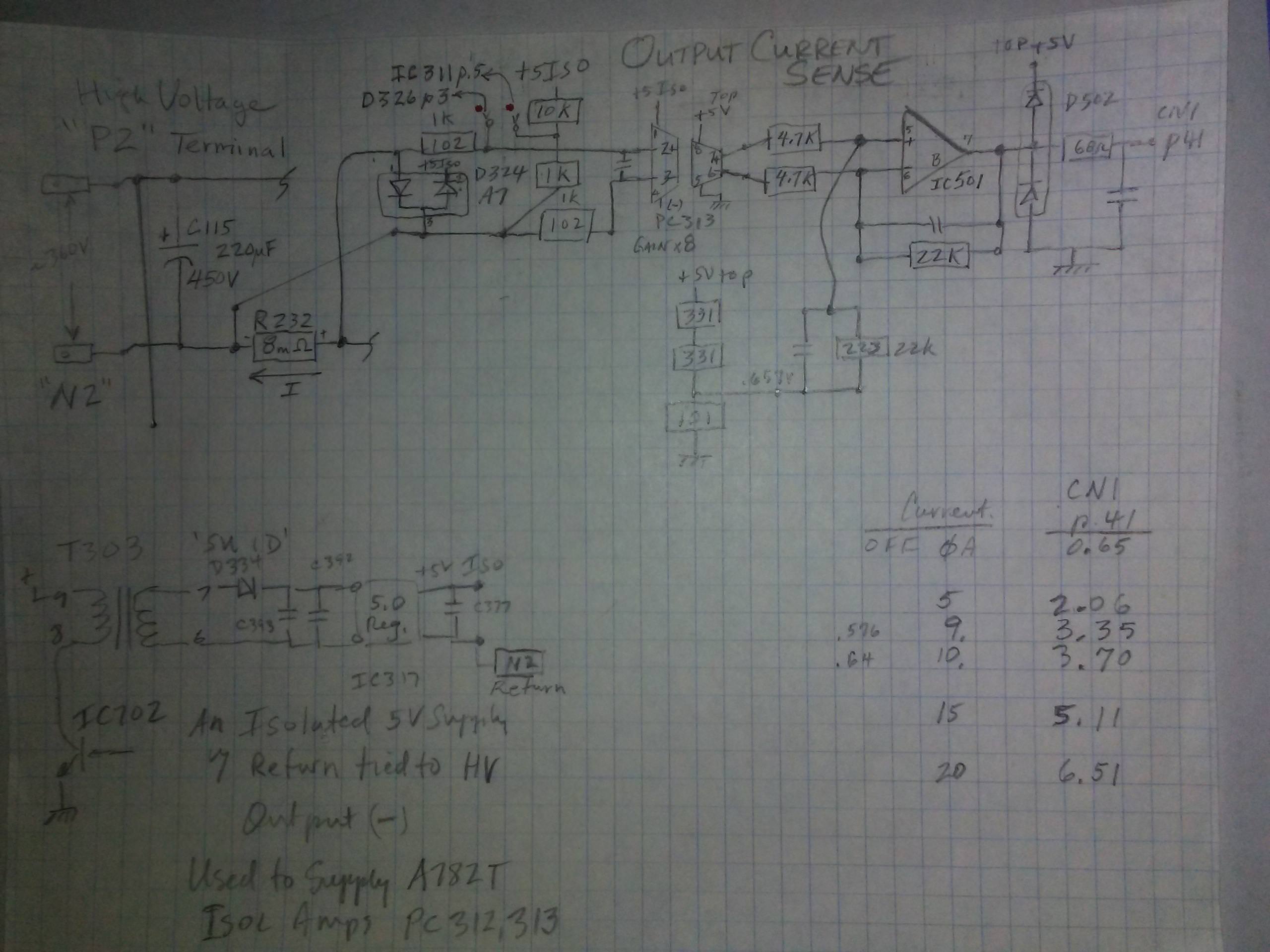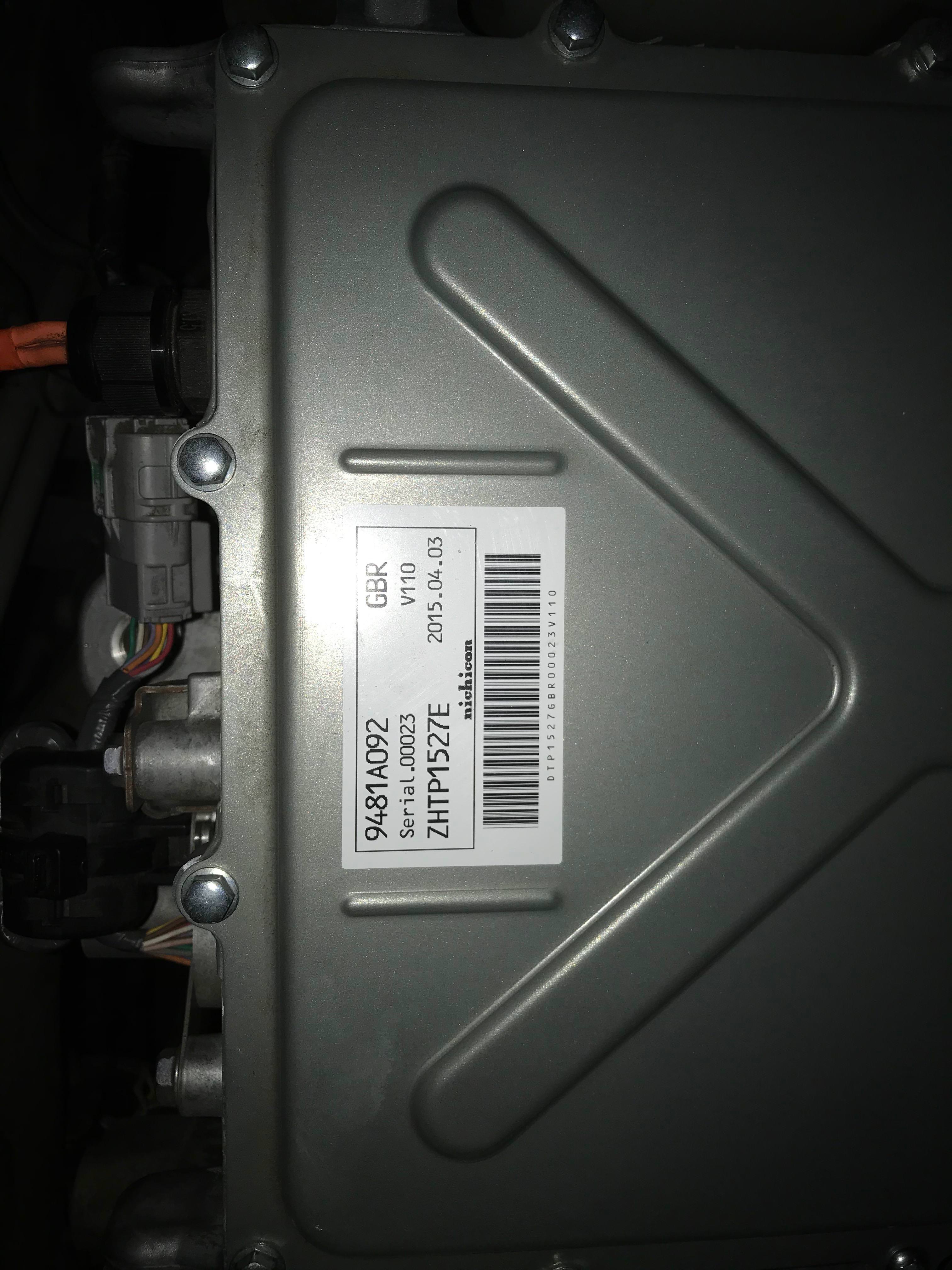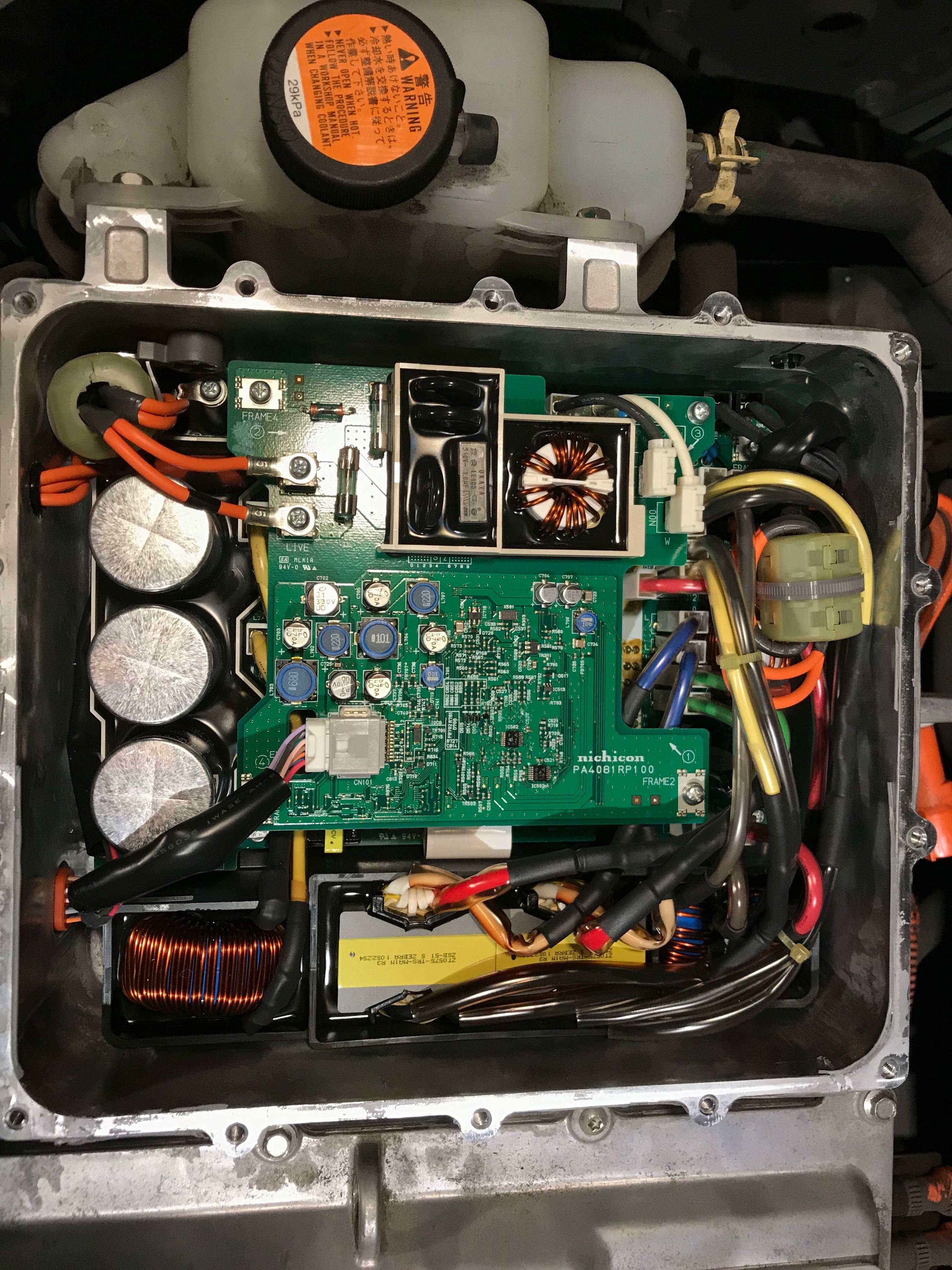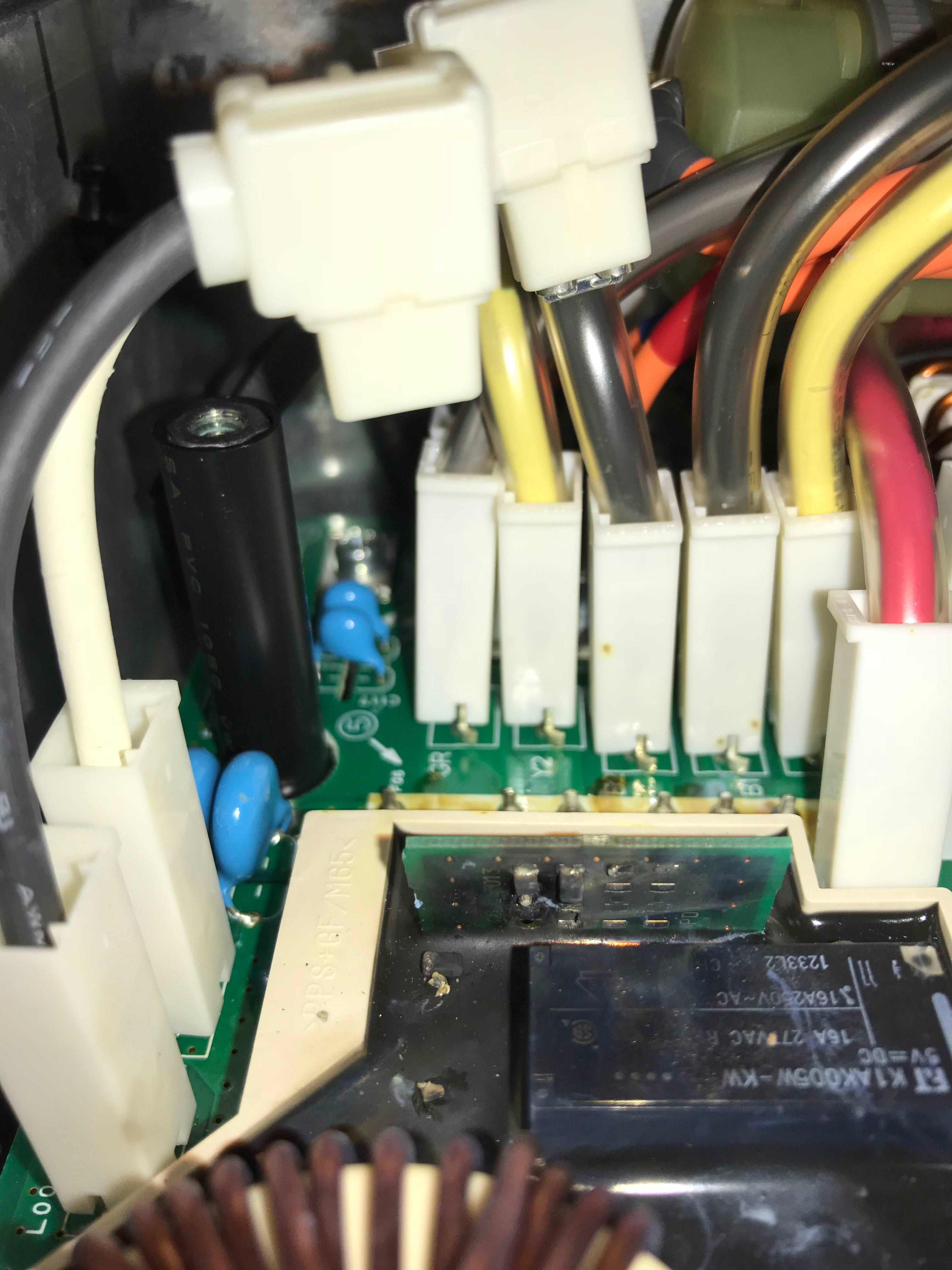Coulomb: I like your saying " Endeavor to persevere " reminds me of the Clint Eastwood movie where the old Indian had the piece of red rock candy that was not for eating, it was just for looking at. With all this amount of hours between you and Kenny and myself, don't want to get too anxious , and fire it up and blow up something else, especially since a lot of stuff has to be dug out of epoxy resin. I'll wait and see if Kenny has any additional feedback before I fire it up again.
It is interesting that this IC and Resistor are in the output stage, which is were the two caps that were blown in the doghouse may be related.
I'm wondering if the two faults are really related or coincidental.
The reason I used a thru hole part instead of replacing the resistor with another SMD, was due to time. Out here in the West, They quote 5 days delivery for RS and Element14 deliveries from the Eastern States, but usually take a whole week, and then it takes another day or 2 on top of that to get it from Perth to my place out here past the black stump out in the bush. 1206 and 0805 parts are readily available from Altronics here, but the smaller 0603 parts take a bit longer to get in. The thru hole part I used is a higher wattage anyway, so with the leads, it won't be getting warm and de-soldering it self if that was the original problem. 39k is a pretty high value so I can't really see this part getting hot though, but then again we are talking about 360+ voltages around the output stage in some cases, so 360v across a 39k resistor would end up being above 3w if something shorted. Maybe this resistor de-soldered itself and kept the smoke from getting released from somewhere else.
You mentioned to check for burnt pre-charge resistors. Are you talking about the two 4.7R resistors that get shorted out when the relay closes?
The values on those seem ok via measuring through the EMI Filter, and they did not appear to be burnt.
Kenny also mentioned way earlier that he spotted a current sens resistor that looked a bit discoloured in one of my pictures.
Kenny can you remember where this is and point it out to me again so I can measure it and confirm that is also ok?
It is interesting that this IC and Resistor are in the output stage, which is were the two caps that were blown in the doghouse may be related.
I'm wondering if the two faults are really related or coincidental.
The reason I used a thru hole part instead of replacing the resistor with another SMD, was due to time. Out here in the West, They quote 5 days delivery for RS and Element14 deliveries from the Eastern States, but usually take a whole week, and then it takes another day or 2 on top of that to get it from Perth to my place out here past the black stump out in the bush. 1206 and 0805 parts are readily available from Altronics here, but the smaller 0603 parts take a bit longer to get in. The thru hole part I used is a higher wattage anyway, so with the leads, it won't be getting warm and de-soldering it self if that was the original problem. 39k is a pretty high value so I can't really see this part getting hot though, but then again we are talking about 360+ voltages around the output stage in some cases, so 360v across a 39k resistor would end up being above 3w if something shorted. Maybe this resistor de-soldered itself and kept the smoke from getting released from somewhere else.
You mentioned to check for burnt pre-charge resistors. Are you talking about the two 4.7R resistors that get shorted out when the relay closes?
The values on those seem ok via measuring through the EMI Filter, and they did not appear to be burnt.
Kenny also mentioned way earlier that he spotted a current sens resistor that looked a bit discoloured in one of my pictures.
Kenny can you remember where this is and point it out to me again so I can measure it and confirm that is also ok?




